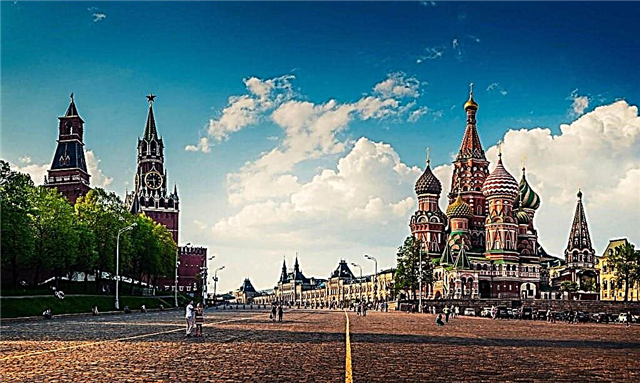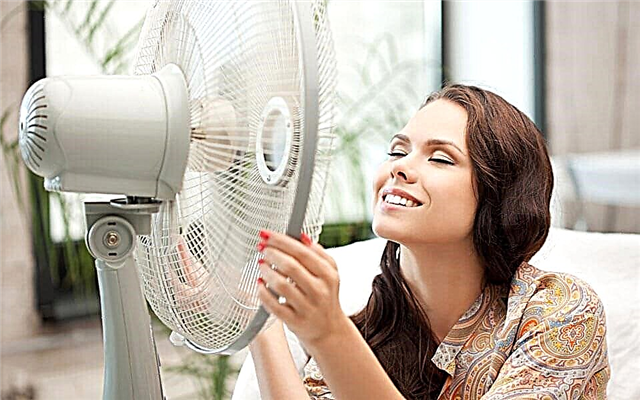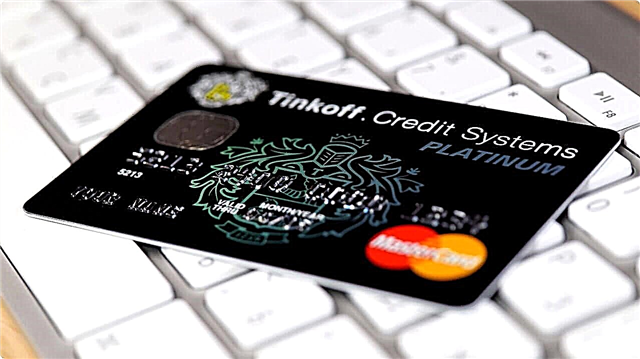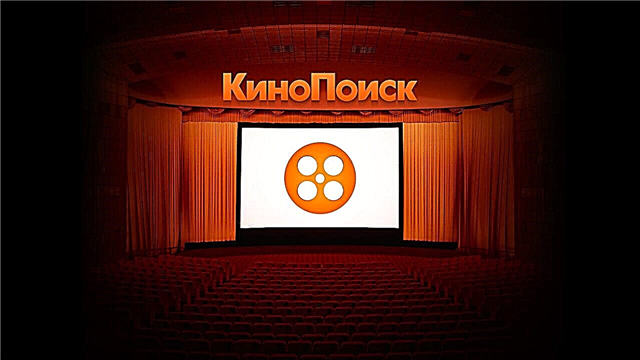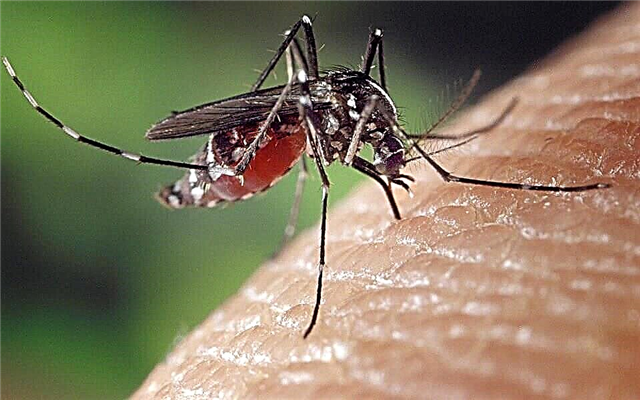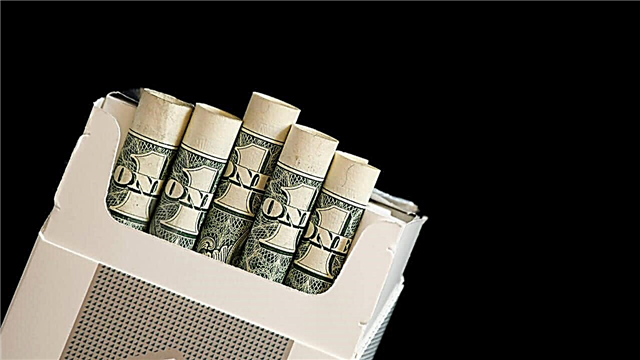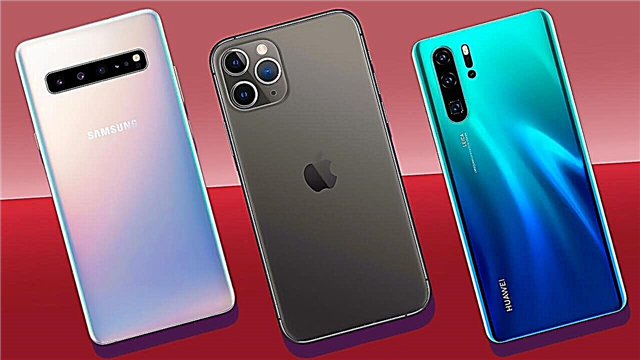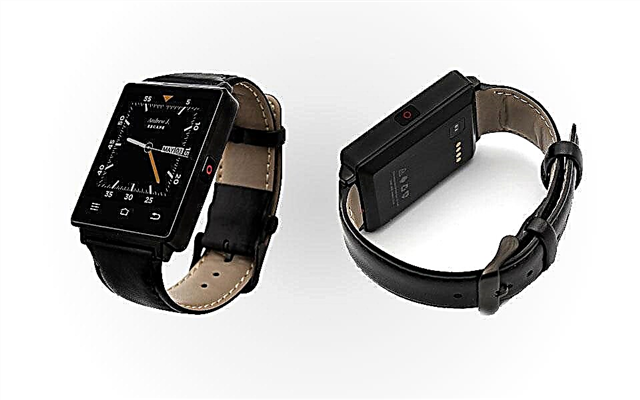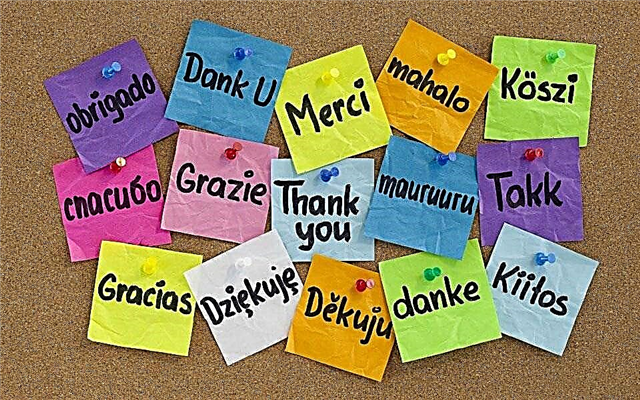Already something, but there are a lot of hypermarkets in Russia. And to choose among them the top ten best is not so easy. We have to focus not only on the level of service, but also on the quality and width of the range, as well as on the volume of revenue. And, of course, take into account the reviews of satisfied and dissatisfied customers.
Given all the above factors, we have compiled top 10 best Russian hypermarkets in 2019. Revenue is shown for fiscal year 2017, as there is no data for 2018 yet. All participants in the rating are not ranked from worst to best (or vice versa), but in terms of annual revenue.
10. Globus
 Revenue: 87.8 billion rubles.
Revenue: 87.8 billion rubles.
pros: a large selection of alcohol, low prices.
Minuses: there are not in all cities of Russia, paid carts (money can be returned by returning the cart to its place).
The choice of products in this hypermarket pleases the eye. Here, motorists will find for themselves car chemistry and good winter or summer tires, and dog and cat owners will look for suitable pet food, and parents will choose toys and clothes for the child (and at the same time for themselves), and there are hundreds of other items at reasonable prices .
9. Carousel
 Revenue: 89.3 billion rubles.
Revenue: 89.3 billion rubles.
pros: polite staff, there are carts for children, promotions are held, a bonus accumulative card is valid.
Minuses: not available in all cities of Russia.
This network offers a standard set for good Russian hypermarkets - from animal feed and household chemicals to food products and children's clothing. Wide walkways, clean and spacious halls, and even a free toilet (and this also shows the attitude towards customers) - these are important, but not the only advantages of the Carousel.
There are often fewer people in Karusel’s stores than in more hyped hypermarkets, so the lines at the box office are not too long.
8. IKEA (IKEA)
 Revenue: 92.05 billion rubles.
Revenue: 92.05 billion rubles.
pros: huge assortment, affordable prices, polite staff, Ikea Family program with discounted goods.
Minuses: not in all cities of Russia; prices are often revised upwards.
High-quality furniture and other goods for home improvement and repair, the availability of goods made from environmentally friendly materials, the delivery service for bulky purchases, express cash registers are just a small list of the advantages of these hypermarkets. If we talk about the IKEA assortment as briefly as possible, then focusing on customer reviews, we will choose the following three words: inexpensive, practical, functional.
7. OK
 Revenue: 174.3 billion rubles.
Revenue: 174.3 billion rubles.
pros: ample parking, low prices, polite staff.
Minuses: without a loyalty card (paid) everything is expensive.
Large, bright shops, which are usually played with unobtrusive music, the large distance between the shelves (which means that you won’t swipe expensive goods on the floor with an awkward movement) is what O’Kay customers like. And, of course, a good assortment of goods for which there are also “tasty” discounts. Local pastries, which are not only fresh but also taste good, are also praised.
However, there are many complaints about dairy products (sour), meat (hard and tinted) and the condition of vegetables and fruits (mold, wax). So think for yourself, decide for yourself whether to take or not to take.
6. Red & White
 Revenue: 215 billion rubles.
Revenue: 215 billion rubles.
pros: low prices, a wide selection of goods (not only alcohol).
Minuses: long lines.
The chain does not need a special introduction, and in terms of price and quality is one of the best alcohol stores in Russia. But the Krasnoye & Beloe hypermarkets were especially popular at the end of 2018, when security officers began to search the network just before the New Year holidays, suspecting it of counterfeiting and tax evasion. “There isn’t enough alcohol for everyone!”, The Russians were frightened, and at an accelerated pace they began to sweep away everything that was enough for finance from the shelves of the alcohol stores.
Currently, the tax scandal has subsided, and Krasnoe & Beloe continues to delight connoisseurs of strong drinks with low prices and good service.
In January of this year, it became known that the owners of the networks "Red & White", "Dixy" and "Bristol" agreed to merge. Experts believe that the total annual revenue of this trio will reach $ 600 billion.
5. Metro Cash & Carry (Metro Cash & Carry)
 Revenue: 218.7 billion dollars.
Revenue: 218.7 billion dollars.
pros: large rooms, rare items, convenient and spacious parking, average prices for the whole range.
Minuses: Access to the hypermarket is provided by cards, which can only be used by the person on whom it is registered.
The range of these shopping centers is simply huge - over 35 thousand items of food and non-food products. You can easily spend a couple of hours visiting Metro Cash & Carry by typing a whole cart (and they are really large in size) of cosmetics, household chemical goods, clothes, sweets, etc.
Experienced buyers of these hypermarkets are advised to check the amount on the check and the one indicated on the price tag. Often there are cases when in a check the price increases by 10-30 rubles.
Clients of this hypermarket can only be legal entities and individual entrepreneurs. However, you can get a Metro guest card for free on the so-called “client days”.
4. Leroy Merlin (Leroy Merlin)
 Revenue: 225.3 billion dollars.
Revenue: 225.3 billion dollars.
pros: large rooms, there are inexpensive goods, you can hand over goods that did not fit.
Minuses: there are no bonus programs, hypermarkets are not in all cities, not always qualified consultants, which still need to be searched in the hall.
One of the best construction hypermarkets in Russia, which has everything you need for a home and garden (wallpaper, plumbing, building materials, etc.). According to customer reviews, prices at Leroy Merlin are cheaper than most competitors.
So if you are equipping a house or a cottage, then this hypermarket is an ideal option to find the right product and at the same time save money. And also there is a service for the delivery and lifting to the floor of the ordered materials.
3. Auchan (Auchan)
 Revenue: 334.8 billion rubles.
Revenue: 334.8 billion rubles.
pros: affordable prices for their own brands.
Minuses: you have to pay (10 rubles) for the cart, but you can return the money if you return the cart to its place before leaving the supermarket.
This hypermarket has everything from stationery and books to exotic goods such as frozen octopus and products by weight (pasta, chips, nuts and other groceries). Like most of the best Russian hypermarkets, Auchan has a budget brand - Every Day. Moreover, most of the goods that are offered in the hypermarket are also in the “Every Day” product range.
However, at the weekend in “Auchan” hypermarkets “real hell” is going on as expressed in the reviews.
2. Tape
 Revenue: 365.2 billion rubles.
Revenue: 365.2 billion rubles.
pros: there are inexpensive products under our own brand, a social program is in place, in which 90 items of goods participate.
Minuses: without a buyer's card, all products are more expensive.
Most visitors note the convenience and cleanliness inside Lenta hypermarkets. And at the same time they complain that the prices of some goods here are very high. Especially if you come without a loyalty card, without which goods are much more expensive. All promotions and discounts apply.
Lenta has two of its own TMs - 365 days and Lenta. Products of these brands are cheaper than competing products, and often are not inferior to them in quality.
1. Magnet
 Revenue: 1131.1 billion rubles.
Revenue: 1131.1 billion rubles.
pros: often held various promotions, reasonable prices.
Minuses: long lines, frequent confusion with price tags, expired goods, a small selection of vegetable products are found.
The best grocery hypermarket in Russia. There is a serious competitor to Lenta and other major Russian hypermarkets even in small towns, and its popularity is reminiscent of Sberbank.
And although Magnit cannot boast of such an extensive filling of shelves, as, for example, at Auchan, it is attractive for its low prices, cleanliness and convenient location of goods.
The buyers are frustrated by the fact that fruits and vegetables at Magnit are often flawed. And the attitude of the staff towards visitors leaves much to be desired. However, low prices and the favorable location of hypermarkets partially compensate for these shortcomings.

